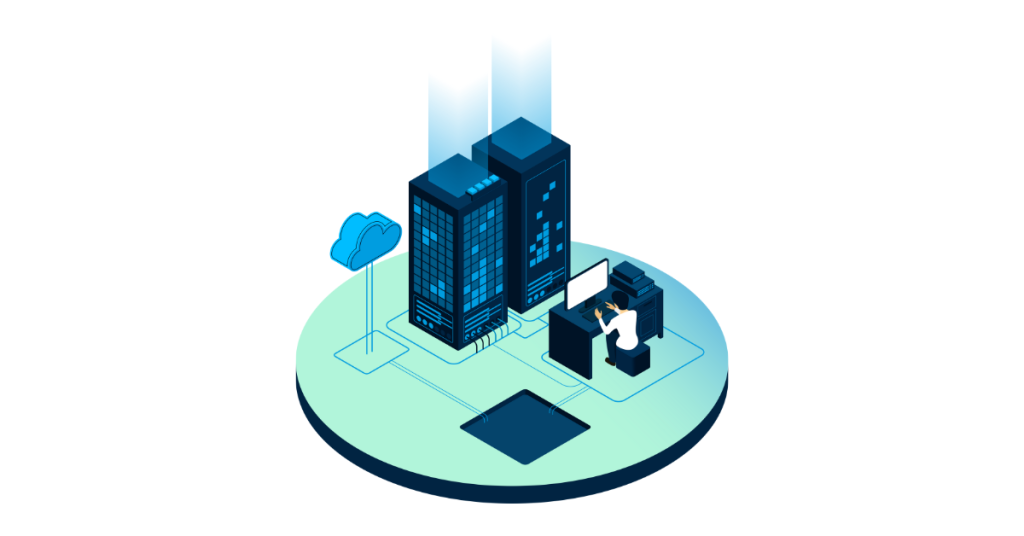It is a significant step to upgrade from MySQL 5.7 to MySQL 8.0, which can greatly impact your databases’ performance and security. While newer versions introduce various features, it’s important to note that they don’t always guarantee improved speed and efficiency. In fact, there can be significant performance hits with newer versions, as highlighted in various benchmarks. Therefore, before making the transition, thorough planning, and testing are crucial to ensure that your applications run smoothly in the new environment. Engaging consultants with experience in mitigating serious performance regressions arising from upgrades can help manage these risks effectively.
One key aspect of the migration process is to use reliable backup tools to create a complete backup of your MySQL 5.7 database. During the upgrade, it’s important to follow the guidelines provided in MySQL’s documentation to avoid any potential issues. MySQL consulting provided by Shattered Silicon can help ensure a smooth transition. They can assist with verifying that all steps are properly executed, troubleshooting any unexpected problems, and optimizing the new setup for better performance. Working with consultants can make the upgrade process less daunting and more manageable, allowing you to focus on leveraging the benefits of the upgraded system.
Performing a dry run of the upgrade in a development environment can help identify any incompatibilities or errors that may arise. This way, you can address these issues before deploying the upgrade in a production setting, thus ensuring minimal downtime for your applications.
Table of Contents
Key Takeaways
- Use backup tools and follow MySQL guidelines for a smooth upgrade.
- Expert MySQL consulting can facilitate a seamless migration.
- As of now, there will be no patches for any security exploits found for 5.7.
Upgrading MySQL
When migrating from MySQL 5.7 to 8.0, it’s essential to understand the upgrade process, manage performance and compatibility, and have effective backup and restoration strategies.
Understanding the Upgrade Process
Upgrading from MySQL 5.7 to 8.0 involves several key steps. First, one should conduct sanity checks to ensure the current MySQL 5.7 setup meets the upgrade requirements. Tools like mysqlcheck can assist in verifying the database integrity.
Next, the authentication plugin must be checked, as MySQL 8.0 uses caching_sha2_password by default. Migration requires updating applications and connectors to support this method.
The data dictionary also changes significantly. MySQL 8.0 replaces the old FRM files with a new transactional data dictionary stored in InnoDB tables. This upgrade includes automatic conversion of the older format during the upgrade process to ensure a seamless transition.
Also Read: What cURL POST Request Does and How It’s Used?
Performance and Compatibility Considerations

Performance and compatibility are critical factors during a MySQL 5.7 to 8.0 upgrade. MySQL 8.0 introduces several performance enhancements, including better indexing and improved scalability, which can result in faster query processing and overall system efficiency.
Compatibility issues must also be managed carefully. Some reserved keywords in MySQL 8.0 may conflict with existing application queries. Running compatibility tests before migration can help identify and address potential issues.
Thorough testing in a staging environment is always strongly recommended to ensure the upgrade’s positive impact without introducing instability into the production system.
Backup and Restoration Strategies
Before upgrading, having a solid backup and restoration strategy is vital to prevent data loss. Using tools like xtrabackup allows for a comprehensive backup of databases.
It’s advisable to create full backups and binary log capture to ensure all data is recoverable in case of any issues during the upgrade. The backup process should cover all InnoDB tables and maintain the integrity of the data dictionary.
Restoration strategies need to be in place to quickly rollback to MySQL 5.7 if the upgrade encounters problems. Testing the backup and restore process in a non-production environment can help verify the reliability and effectiveness of these strategies.
By following these guidelines, the MySQL upgrade process can be managed smoothly, ensuring minimal downtime and maximum performance benefits.
Leveraging MySQL Features and Security
Migrating to MySQL 8.0 from 5.7 offers several new features and enhancements that boost performance and security. Key improvements focus on new functions, better data handling, and advanced security measures.
Exploring New Features and Enhancements
The data dictionary in MySQL 8.0 centralizes metadata management, simplifying operations and improving reliability. Users also benefit from new SQL features like window functions and common table expressions (CTEs). These features provide good reasons to upgrade, with window functions enabling advanced statistical analysis and CTEs enhancing query readability and management. However, it’s important to be aware that the upgrade also introduces some edge cases that may require additional attention.
Another key feature is the new roles system, which streamlines privilege management. It allows administrators to create predefined sets of privileges and apply them easily, reducing administrative overhead and improving security.
Implementing Security Measures
MySQL 8.0 significantly enhances security. The new authentication plugin improves the authentication process, making it more robust against cryptanalysis and brute force attacks. Additionally, the default plugin now supports strong, password-based authentication.
Encryption is another crucial enhancement. MySQL 8.0 supports data-at-rest encryption, including InnoDB tablespaces and the data directory. This keeps data secure even if unauthorized access to the storage media occurs.
Privilege management has also been improved, with the ability to assign roles. These roles simplify the allocation of permissions, reduce the risk of privilege escalation, and help in maintaining a secure database environment.
In summary, MySQL 8.0’s features and security enhancements make it a compelling upgrade for those looking to improve their database performance and security posture.
Conclusion
Upgrading from MySQL 5.7 to 8.0 offers significant improvements and new features. Key steps include thoroughly testing the application and ensuring compatibility. It’s essential to follow proper procedures to prevent data loss or downtime.
Migrating to MySQL 8.0 promises enhanced performance and added security features, making the upgrade worthwhile.
[…] Also Read: What You Should Know When Migrating from MySQL 5.7 to 8.0 […]